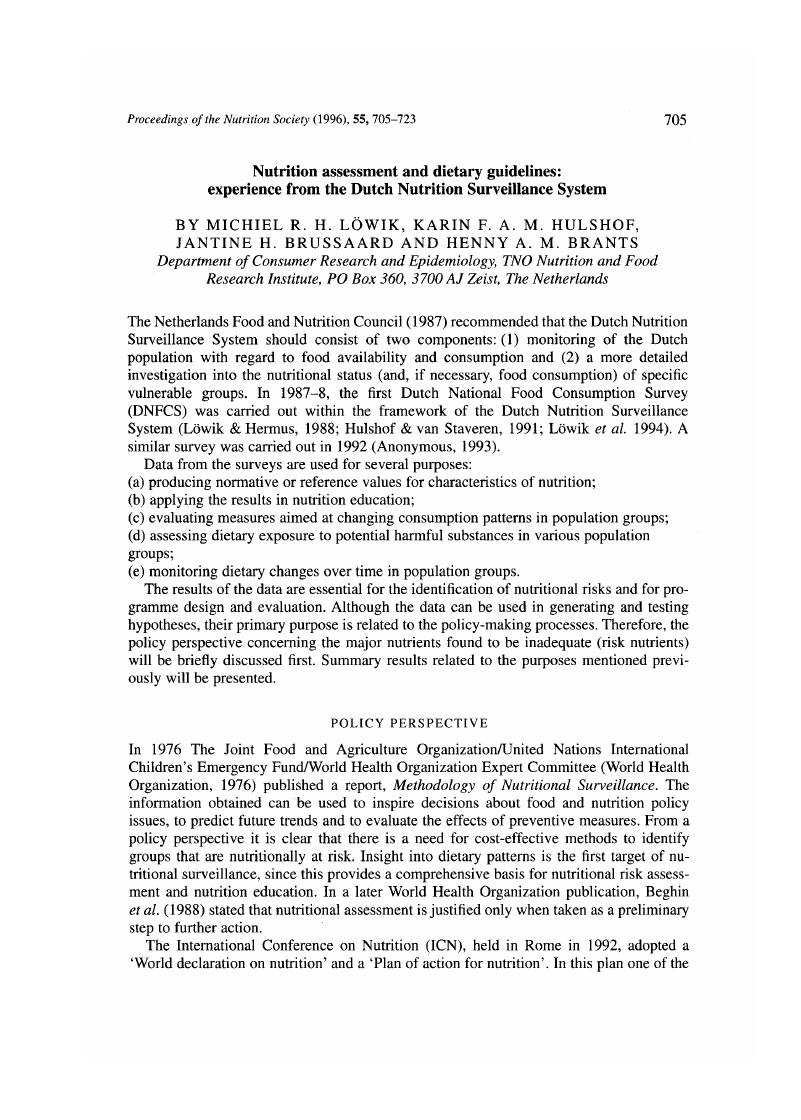Crossref Citations
This article has been cited by the following publications. This list is generated based on data provided by Crossref.
Löwik, M.R.H.
Hulshof, K.F.A.M.
Brussaard, J.H.
and
Kistemaker, C.
1999.
Dependence of Dietary Intake Estimates on the Time Frame of Assessment.
Regulatory Toxicology and Pharmacology,
Vol. 30,
Issue. 2,
p.
S48.
Löwik, M. R. H.
Hulshof, K. F. A. M.
and
Brussaard, J. H.
1999.
Patterns of food and nutrient intakes of Dutch adults according to intakes of total fat, saturated fatty acids, dietary fibre, and of fruit and vegetables.
British Journal of Nutrition,
Vol. 81,
Issue. S1,
p.
S91.
Löwik, M. R. H.
Hulshof, K. F. A. M.
and
Brussaard, J. H.
1999.
Food-based dietary guidelines: some assumptions tested for the Netherlands.
British Journal of Nutrition,
Vol. 81,
Issue. S1,
p.
S143.
Brussaard, J.H.
Hulshof, K.F.A.M.
and
Löwik, M.R.H.
2000.
Total Diet Studies in the Netherlands.
Journal of Food Composition and Analysis,
Vol. 13,
Issue. 4,
p.
561.
Kroes, R
Müller, D
Lambe, J
Löwik, M.R.H
van Klaveren, J
Kleiner, J
Massey, R
Mayer, S
Urieta, I
Verger, P
and
Visconti, A
2002.
Assessment of intake from the diet.
Food and Chemical Toxicology,
Vol. 40,
Issue. 2-3,
p.
327.
James, W.P.T.
Ralph, A.
and
Bellizzi, M.
2009.
Nutrition Policies in Western Europe: National Policies in Belgium, the Netherlands, France, Ireland, and the United Kingdom.
Nutrition Reviews,
Vol. 55,
Issue. 11,
p.
S4.



